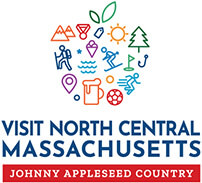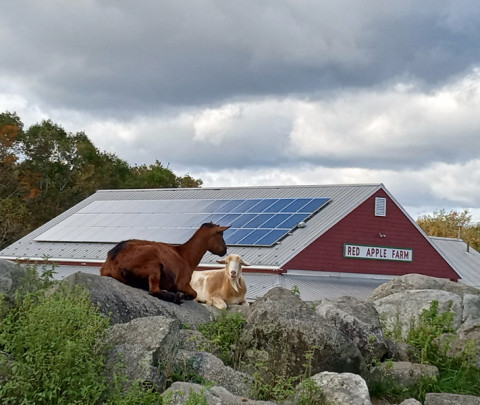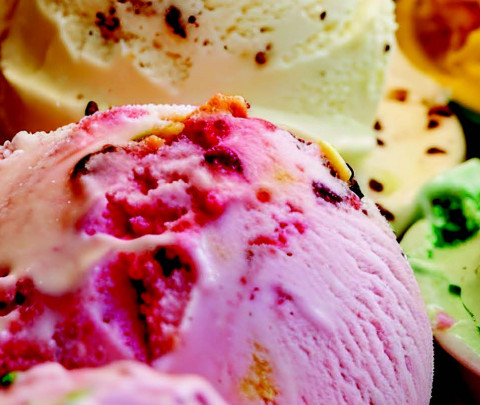A Taste of Honey
- Visit North Central
Spring is “Apple Blossom Time” in Johnny Appleseed Country, a season punctuated by apple blossom festivals in local cities and towns.
Those delicate pink and white blossoms are essential to the harvest that follows months later; the flowers become the apples we can’t wait to enjoy. But wait! There’s more to the apple story than blossoms and juicy, ripe fruit!
You can’t forget the bees.
Those hard-working little insects make it all happen, spreading pollen from blossom to blossom, tree to tree. One lonely tree won’t produce fruit; it takes two to tango, so to speak, and it takes bees to handle the pollination.
The bees get a little help, too, from friends like local beekeeper Peter Niemi, and by beekeepers who travel the countryside from season to season, bringing their hives to orchards and farms.
Niemi has about a dozen and a half hives at his home and at other locations in the area. He brings them to places like the Red Apple Farm in Phillipston, where the bees pollinate the apple trees, and later the pumpkin plants, to help ensure a good harvest.
The bees, Niemi says, are hard workers, scouting out blossoms, turning the pollen to nectar, telling their fellow bees where to find the nectar, and hauling the treasure back to the hive. “One bee will make 50,000 flights to a nectar source,” Niemi says with obvious admiration. “They’ll go two miles, and have been known to go five miles, to get to a source.”
The scout bees, he explains, return to the hive and do a “figure eight dance” to tell their co-workers how to get to the nectar they’ve found. “It’s quite a system of communication,” he says.
While traveling beekeepers have been called “bee wranglers,” Niemi notes that “you can’t really herd bees. When the sun goes down, though, they’ll return to their nesting box” and can be transported.
Niemi, who’s been keeping bees since the 1980s, loves to talk about the insects, their daily habits and the joys and challenges of keeping bees. You can find him at local events like the Experience Gardner fair held in August or the Garlic Festival held in Orange in September.
And you can find some of his bees at the Red Apple Farm in Phillipston, where he’s set up an observation hive. Visitors can stop in to watch the bees at work all summer long.
But there’s still more to the story!
Sure, the bees pollinate trees and plants, providing us with the fruits and vegetables that fill farm stands each summer and fall.
But they also produce honey. Sweet and golden, the honey is the other part of the tale.
A busy hive, Niemi says, will have 80,000 bees working to store nectar they’ve gathered from apple trees — as well as willows, maples, even skunk cabbage plants in the spring! (And no, it doesn’t smell skunky, Niemi insists.)
Much of the nectar is used to feed the hive, supporting the queen bee and her offspring. But the extra — the supplies that the bees won’t need to get them through the next winter — will end up on store shelves. Some will be sold as bottles or jars of honey. Some will be sold as “creamed honey” that can be spread on toast. Some will be sold in combs, chewable wax straight from the hive.
If all this buzz about honey has your taste buds tingling, you can find honey from Niemi’s bees at the Johnny Appleseed Visitor Center on Route 2 … where you can enjoy a taste of Johnny Appleseed Country all year ‘round.








